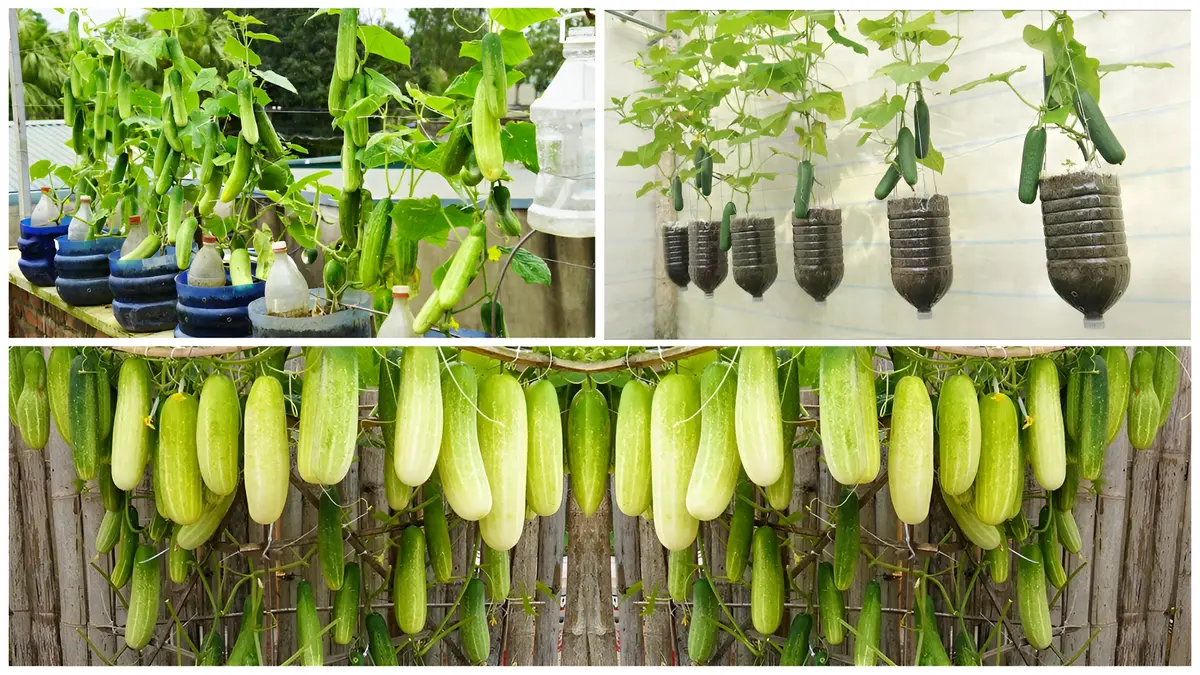If you’ve ever dreamed of picking fresh, crisp cucumbers from your own backyard or balcony, you’re in for a treat. Growing cucumbers at home isn’t as tricky as it seems, and with the right method, you can get a bountiful harvest even in limited space. One of the simplest and most effective ways to do it is by using plastic tubs. Whether you live in an apartment or have a small garden, this technique can help you grow cucumbers successfully without needing fancy equipment or large plots of land.
Let’s walk through the entire process, from selecting the right container to harvesting your home-grown cucumbers.
Why Choose Plastic Tub Gardening
Plastic tubs make an ideal container for growing cucumbers because they are lightweight, affordable, and easy to move. You don’t need special pots just strong, food-grade tubs that can hold soil and water without cracking. Unlike traditional garden beds, plastic tubs allow you to control the growing environment more efficiently.
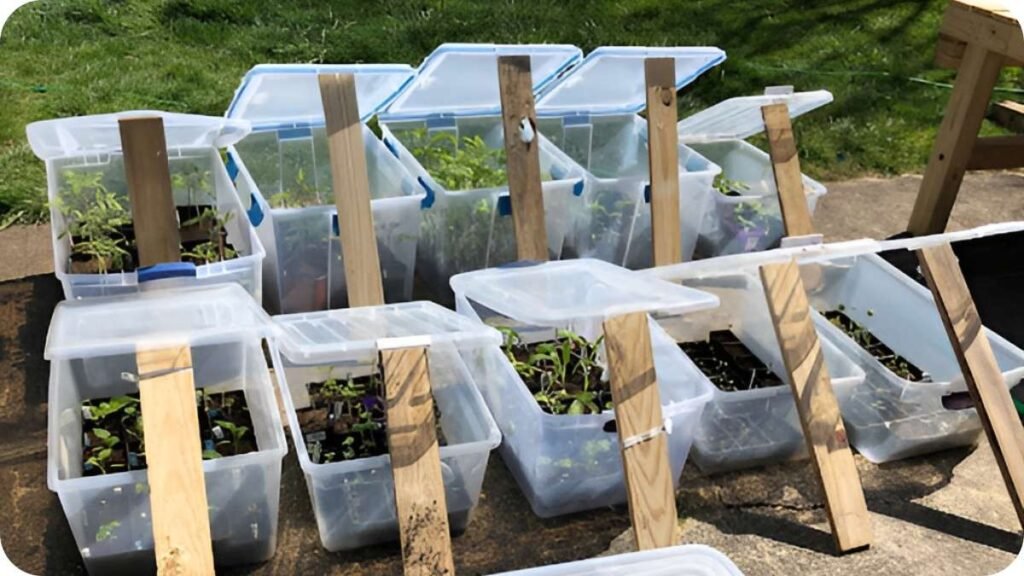
They also prevent soil-borne diseases and make pest control easier. Since the roots stay above ground, you can monitor moisture levels and nutrients better. Another big plus is that cucumbers love warmth, and plastic tubs absorb and retain heat, giving your plants an extra growth boost.
Choosing the Right Plastic Tub
Before planting, selecting the right tub is key. Cucumbers need enough root space to grow healthy and strong. The ideal size is at least 18 inches deep and 20 inches wide. Always ensure there are drainage holes at the bottom about 4 to 6 holes are sufficient to prevent waterlogging.
You can reuse old tubs or buy new ones, but make sure they’re sturdy and non-toxic. Avoid containers that have previously stored chemicals or paints.
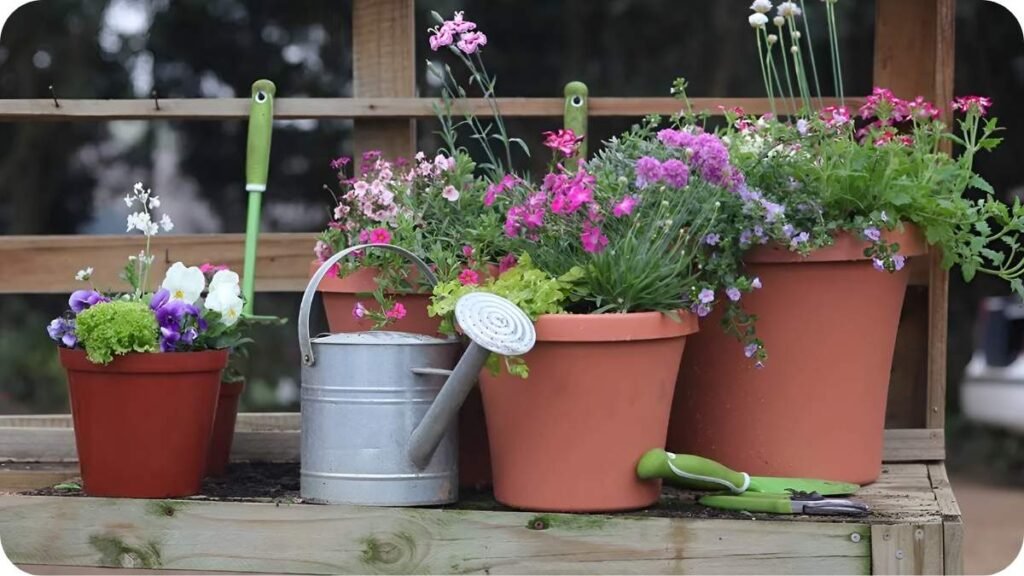
Here’s a simple table to help you choose the right size and material:
| Tub Size (inches) | Capacity (liters) | Recommended Use |
|---|---|---|
| 12 x 15 | 15–20 | Small cucumber variety |
| 18 x 20 | 30–35 | Standard cucumber variety |
| 24 x 24 | 45–50 | Multiple plants or large variety |
Preparing the Soil Mix
Cucumbers thrive in loose, well-draining soil rich in organic matter. A good soil mix provides both moisture retention and aeration. The simplest recipe for a balanced mix is:
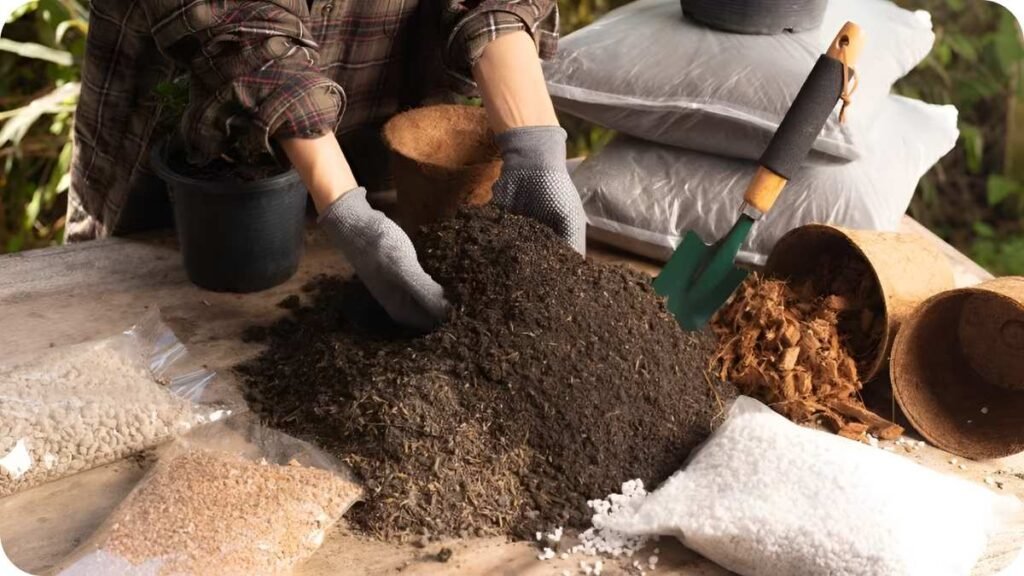
- 40% garden soil
- 30% compost or cow dung manure
- 20% coco peat or perlite
- 10% sand for drainage
Mix all these components thoroughly before filling your tub. Fill it up to 2 inches below the rim so that watering doesn’t overflow.
You can also add a handful of neem cake powder to the mix to prevent pests and fungi naturally.
Sowing Cucumber Seeds
Once your tub is ready, it’s time to plant the seeds. You can either sow them directly or start them in small seed trays first. If the weather is warm (above 20°C), direct sowing works perfectly.
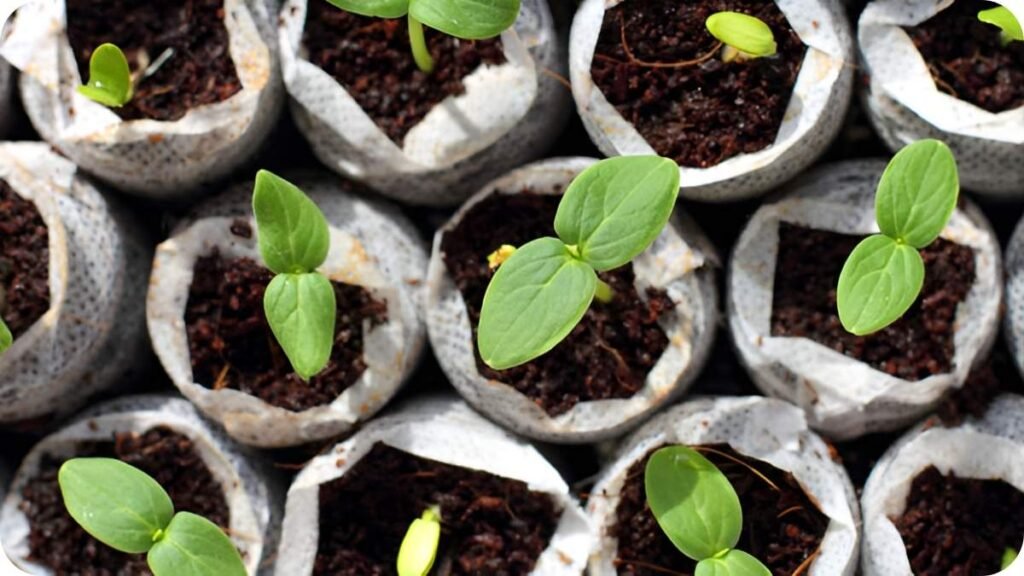
Make small holes about 1 inch deep and 6 inches apart. Place one seed in each hole and cover lightly with soil. Water gently after planting. You should see tiny sprouts within 4–6 days.
If you plan to grow multiple plants in one tub, limit it to two cucumber plants per container. Overcrowding can cause competition for nutrients and sunlight, reducing yield.
Caring for Your Cucumber Plants
Proper care during the growing period ensures a healthy crop. Cucumbers are fast-growing vines that require consistent watering, sunlight, and support.
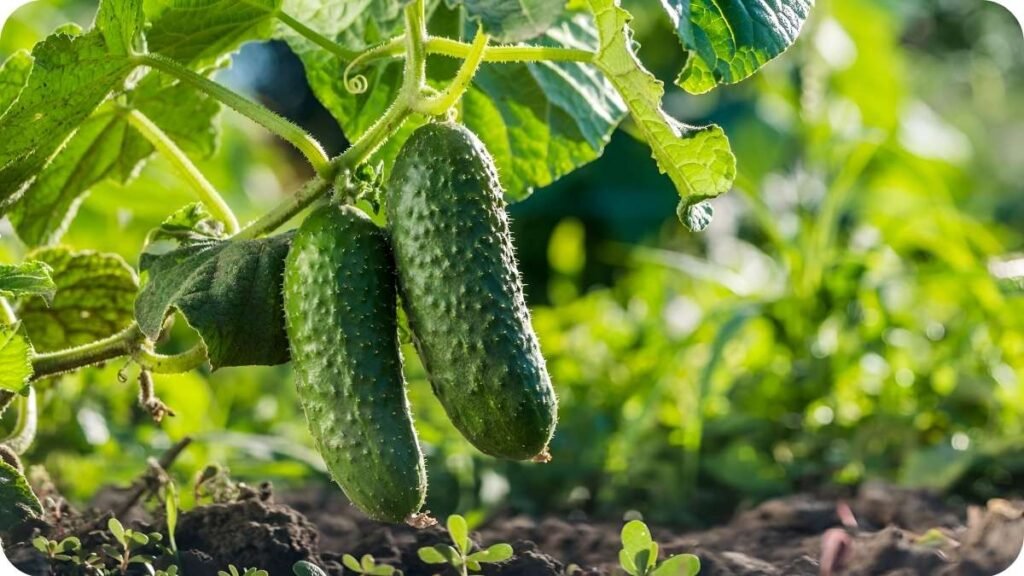
Water the plants regularly, but avoid overwatering. Keep the soil evenly moist, especially during flowering and fruiting stages. Cucumbers love sunlight, so place the tubs where they get at least 6–8 hours of direct sunlight daily.
You can use a trellis or vertical support to train the vines upward. This not only saves space but also improves air circulation and keeps fruits cleaner.
Here’s a simple weekly care schedule you can follow:
| Week | Task | Details |
|---|---|---|
| 1–2 | Watering | Keep soil moist, avoid dryness |
| 3–4 | Feeding | Add liquid compost every 10 days |
| 5–6 | Support | Add trellis or sticks for climbing |
| 7+ | Harvest | Pick ripe cucumbers regularly |
Fertilizing and Pest Management
Feed your cucumber plants every two weeks with organic compost tea or liquid fertilizer made from banana peels or kitchen waste. This keeps the leaves lush and fruits crisp.
For pest control, check the undersides of leaves regularly. Aphids, whiteflies, and spider mites are common cucumber pests. Instead of chemical sprays, you can use a neem oil solution (1 teaspoon neem oil + 1 liter water) and spray it once a week.
Avoid wetting the leaves too often as it may lead to fungal infections. Early morning watering is best, giving time for the plant to dry through the day.
When and How to Harvest
Cucumbers mature quickly, usually within 45–60 days of sowing. Harvest them when they reach 6–8 inches in length and have a firm texture. Leaving them too long on the vine makes them bitter.
Use a pair of scissors or pruning shears to cut the cucumbers, leaving a small portion of the stem attached. Regular harvesting encourages more fruits to grow.
Home-grown cucumbers are crisp, juicy, and much more flavorful than store-bought ones. With continuous care, your plants can produce fruits for several weeks.
Extra Tips for a Great Harvest
- Always rotate your crop after every season to maintain soil health.
- Mulching the top layer of soil helps retain moisture and keeps weeds away.
- If you’re growing indoors, supplement sunlight with a grow light.
- Avoid using chlorine-rich tap water; if possible, use rainwater or filtered water.
Final Thoughts
Plastic tub gardening is one of the most efficient and rewarding ways to grow cucumbers at home. It doesn’t require a large yard or special tools just patience, care, and a little creativity. Once you taste your first home-grown cucumber, you’ll realize how easy and enjoyable this gardening method is.
Whether you’re a beginner or an experienced gardener, this plastic tub technique can help you harvest fresh, organic cucumbers right at your doorstep. Start small, experiment, and soon you’ll have your own mini cucumber garden thriving beautifully.
